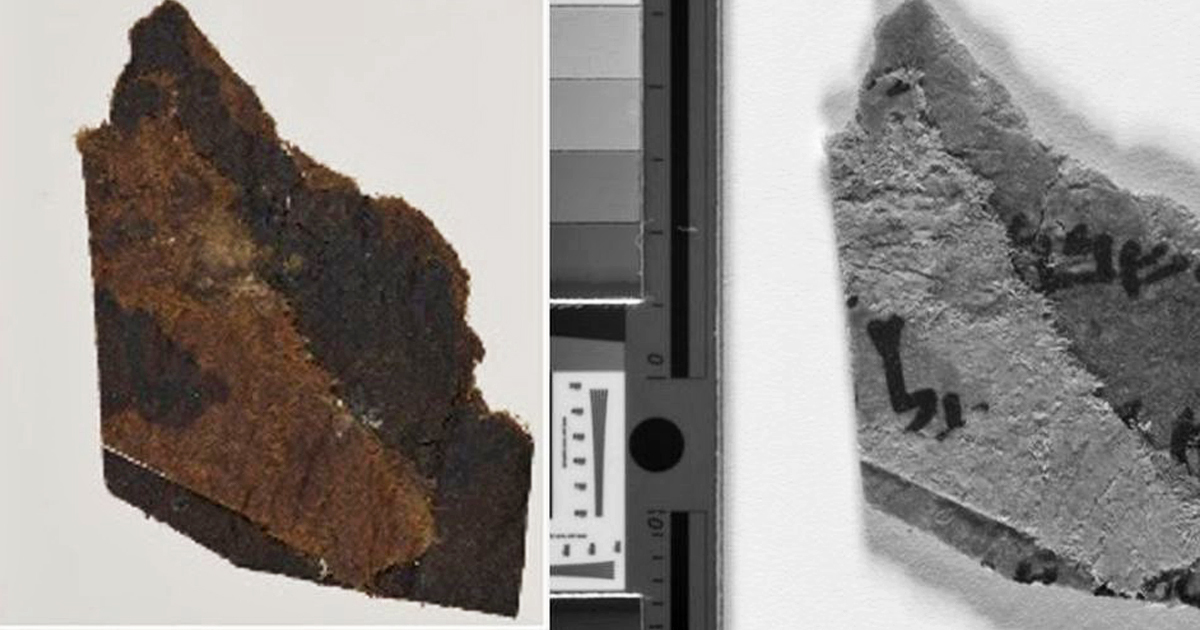When the hidden ancient religious manuscript known as the Dead Sea Scrolls were found by Bedouin shepherds at Khirbet Qumran on the northwest shore of the Dead Sea, now known as the West Bank in Israel, it took several years for officials to approve archeological digs in the eleven caves. Sadly, looters helped themselves to the one thousand and eight hundred-year-old parchment scrolls and the oldest known copies of the Hebrew Bible stuffed away in clay jars, placed in caves for safety and then forgotten.
What wasn’t taken was found mostly in scraps with very few intact scrolls, and some were blank, leading researchers to believe they hadn’t yet been used. Thanks to the sharp eyes of Professor Joan Taylor, a researcher from the Department of Theology and Religious Studies at King’s College London, we now know that the fragments do, indeed, have writing on them; these hidden messages had been right there under their noses since 2017.
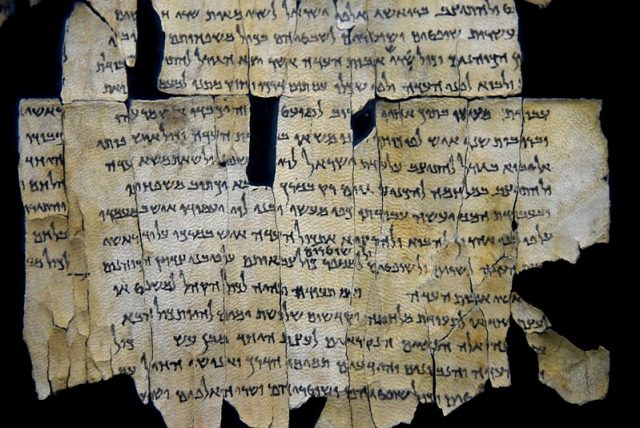
According to Smithsonian Magazine, while Professor Taylor was studying fragments in the John Rylands Library Reading Room at the University of Manchester in England, she thought she could see a faint Hebrew letter L. Researchers then put fifty-one of the seemingly blank fragments under a multispectral imaging device that would allow them to see what their eyes could not.
Only a few fragments had writing on them. One word was easy to figure out—Shabbat—which was written within four lines of text, but it will take time to decipher the rest of the writings and how they correlate with each other. Because of the early thefts, scroll fragments began appearing in the antiquities market, and there has been an increase in about the past fifteen years. History reports that these fragments have led the Israel Antiquities Authority to step up their excavations in the Qumran caves and to guard the caves from looters.
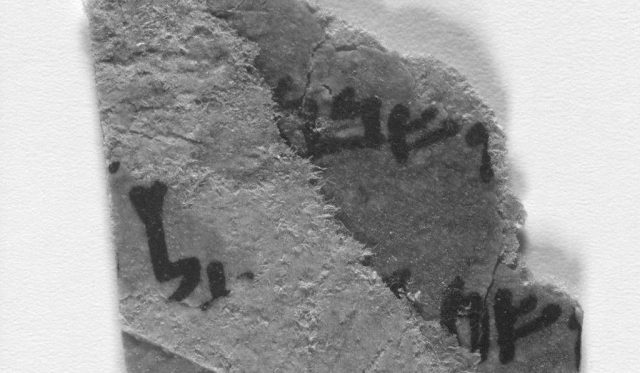
The excavation is part of project Operation Scroll, and it includes the Hebrew University of Jerusalem, the Civil Administration of Judea and Samaria, and the Israel Nature and Parks Authority. To their surprise, along with the clay vessels and scroll parts, they found arrowheads, semi-precious stones, and flint blades from the Neolithic period indicating the caves had been used since about 10000 BC.
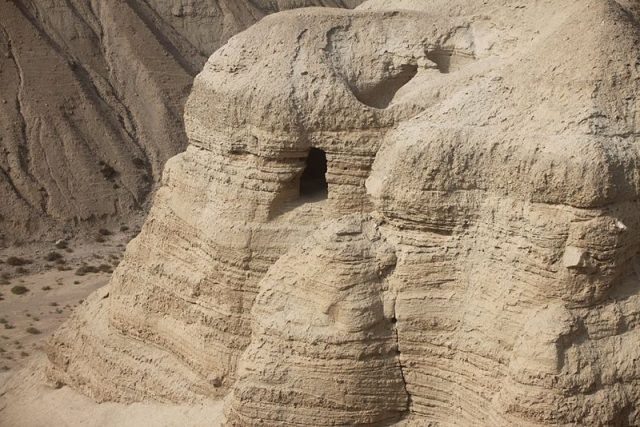
There are also many forgeries of the ancient documents as the President of craft store chain Hobby Lobby, Steve Green, has discovered. According to National Geographic, in 2017, the Green family opened the doors of the Museum of the Bible in Washington D.C. and included in their exhibits sixteen fragments of the Dead Sea Scrolls. At the museum opening, some experts expressed concern that some of the scroll fragments might be forgeries.
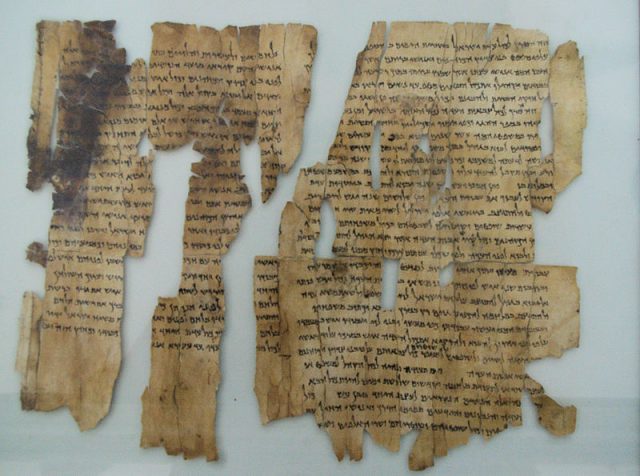
After extensive testing, all sixteen were confirmed to be fake. The Green family is no stranger to controversy as over five thousand items in their catalog were proven to be acquired illegally, and Green was forced to return them to Iraq. In 2018, a manuscript in the possession of the Museum of the Bible proved to have been stolen from the University of Athens in 1991 which the Greens returned.
Because of this discovery, many of the fragments of the scrolls on display in places like Texas’s Southwestern Baptist Theological Seminary and California’s Azusa Pacific University will be tested for authenticity. Most of the scrolls were written between the second century BC and the second century AD.
The scrolls, some written in Greek, are, according to The Leon Levy Dead Sea Scrolls Digital Library, considered primary historical sources of the time and relate how the Jews of the Second Temple era viewed their lives. They contain allusions to different sects such as Sadducees, Pharisees, and Essenes. While Jewish people of the time all subscribed to the basic tenants of the Bible, subjects such as the religious calendar, the afterlife, and the priesthood were topics of debate showing how diverse the societies were.
Related Article: All of the Dead Sea Scrolls at the Museum of the Bible Proved to be Fake
With this new discovery of heretofore unknown hidden text, the fragmented Dead Sea scrolls may or may not offer new insights. Taylor stated in an announcement on DQCAAS, “There are only a few [letters] on each fragment, but they are like missing pieces of a jigsaw puzzle you find under a sofa.”
